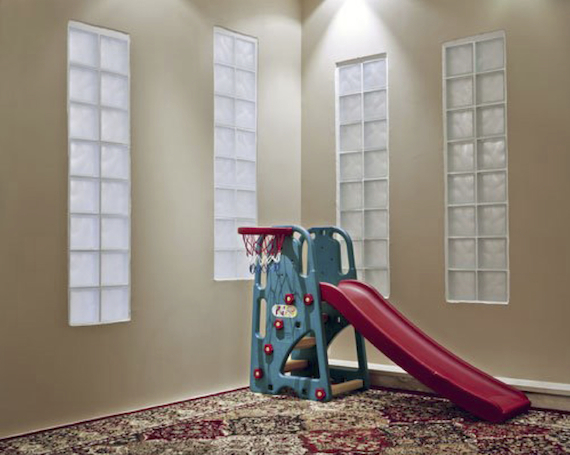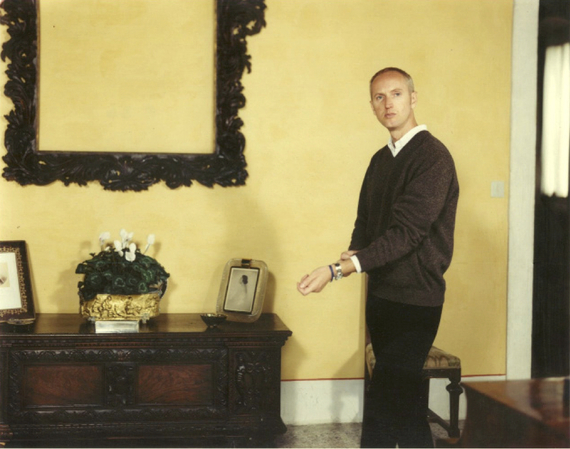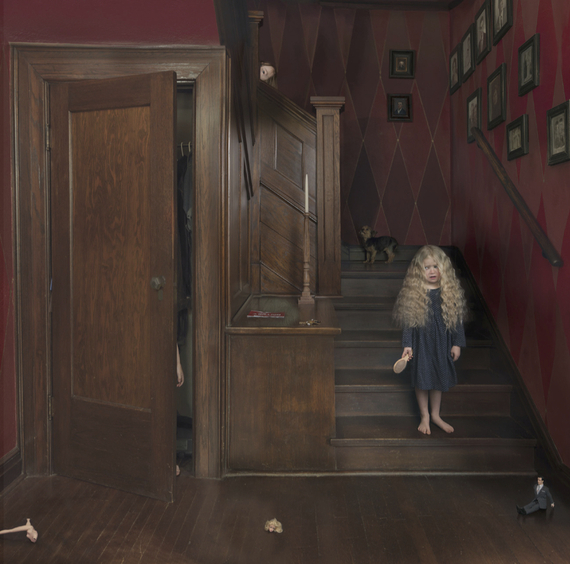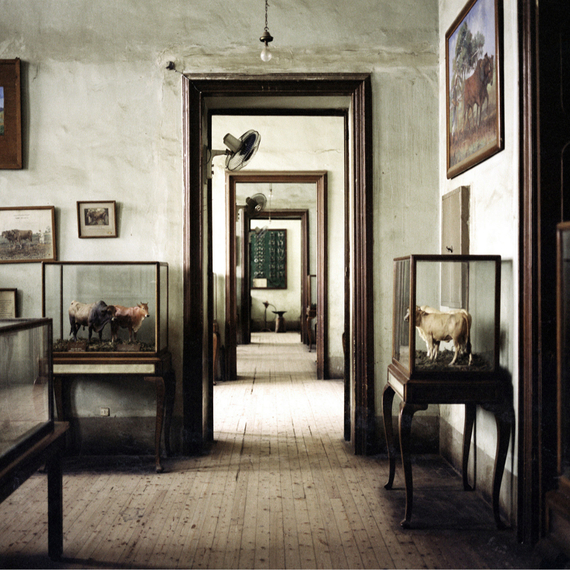I find language unstable. If I repeat the word "both" enough in my head, or hiss to myself the word "simple" so many times it slides into the word "impulse," the meanings of the words dissolve, and they assume a flat strangeness. I can't pull them back from nonsense.
And yet I do not have this problem with rocks, or trees, or soil, or water. I think the distinction is that words are things of human creation, while rocks and trees and all the rest are things of nature. Nature is a given to us, but being human, we understand how deeply arbitrary many human things are. They are always liable to stop making sense.
At the junction between the dependable physical world and the floating world of human things is architecture. As far back as the caves, we have transformed our living spaces to reflect artificial intention, and in parallel, those spaces have always drawn upon reassuringly natural materials: stone and wood. There is a tension between natural and artificial creation in architecture. The tension exists in many artifacts -- tools, sculpture, clothing -- but we confront that tension at our most vulnerable in architecture, because we live and sleep inside of it. We might live inside of a hollow stone or a tree, and trust those things to remain themselves. But once we interfere with the state of nature to create more desirable domiciles, we also introduce that element of the arbitrary which gives them a subtle fearfulness, the flat strangeness of the man-made.
The obscure menace of the interior is the fascinating and deftly implemented curatorial concept for Interiors, a group show of photographs on view at Flowers Gallery in Chelsea until August 30 (as usual, it has taken me till almost the end to sort out what I wanted to say). The photographs in this show have the same quality of staring overlong at a thing, until its sense decays, as my entropic repetition of words. Consider Tina Barney's The Yellow Wall:
How far we have come from the reassuring interiors of Vermeer. In a similarly broadly-lit space with a similarly blank wall, the figure seems pinned into stasis by the suddenly alien yellow of the environment which surrounds and subsumes him. Some awful knowledge bleeds into him from the yellow wall, the dark furniture, and the trappings of normalcy abruptly dissolve, leaving no trace.
Or consider Julie Blackmon's Hair:
The hand, the girl, the toys, the comb, the dog: this is is not a depiction of a narrative, as in familiar domestic paintings -- Jan Steen perhaps, or Greuze -- nor is it a posed interior portrait, as in Velazquez or Sargent. Rather, it is an interrupted narrative; the photographer herself interrupts the story. Its movement grinds to a halt, its pieces fall to the floor, and the links of cause and effect float away in a vacuum. The interrupted process cannot be resumed. The entire scene has become strange.
Formulations of strangeness abound in the show. Take Edmund Clark's Home V - Ex-detainee's childrens' bedroom:

Edmund Clark, Home V - Ex-detainee's childrens' bedroom, 2010, chromogenic color print, 48.25" x 60"
The child's slide, isolated from ordinary context in a cold verticalized space, takes on the alienated quality of the furnishings surrounding the aged Dave Bowman toward the end of 2001. The light glares down upon it, and it is terribly vulnerable in its solitude. It is almost unnecessary to fill oneself in on the historical background of the picture. It is obvious from the construction of space it documents that it emerged from the mind of a prisoner, or a jailor.
Each artist brings a specific conception of the dislocated interior to their work in the show. Among them are Nadav Kander, whose rooms swerve between those in which unorthodox elements are included, and those in which expected elements have vanished; Lori Nix, who photographs public spaces -- classrooms, laundromats -- that have entered an advanced state of decay through long-term abandonment (she constructs the scenes herself); Robert Polidori, who demonstrates more rapid decay in the chaotic interior of a flood-tossed kitchen in New Orleans, its heavy refrigerator thrown effortlessly over; Shen Wei, who captures the unsettling in the simplest of things, a cloth-covered object unnamed upon a table; and Richard Tuschman, who uses selective focus to give seemingly real human scenes an uncanny dollhouse tenor. Of all the artists in the show, Jason Larkin speaks most to me personally, in his intuition of the unstable geometry of the interior.
If you posit one room, then surely it makes as much sense to posit ten, or a thousand, or infinitely many. For me at least, this is a great part of the ontological terror implicit in building itself. Where does it stop? It does not answer to necessity, so it need not answer to reason. It is made from the stuff of the world but is no longer of it. It may sit comfortably for any length of time before spontaneously extending into a breathtakingly unending depth, a depth marked by a limitless variety of domestic objects but still unnavigable and inescapable. In Larkin's creepy one-point perspectives of repeating similar rooms, he captures this premonition of all-consuming, voracious architecture. It is enough to make one run screaming for the woods, while there is still time.
---
Interiors
Flowers Gallery
until August 30
529 West 20th St.
New York, NY 10011
www.flowersgallery.com



